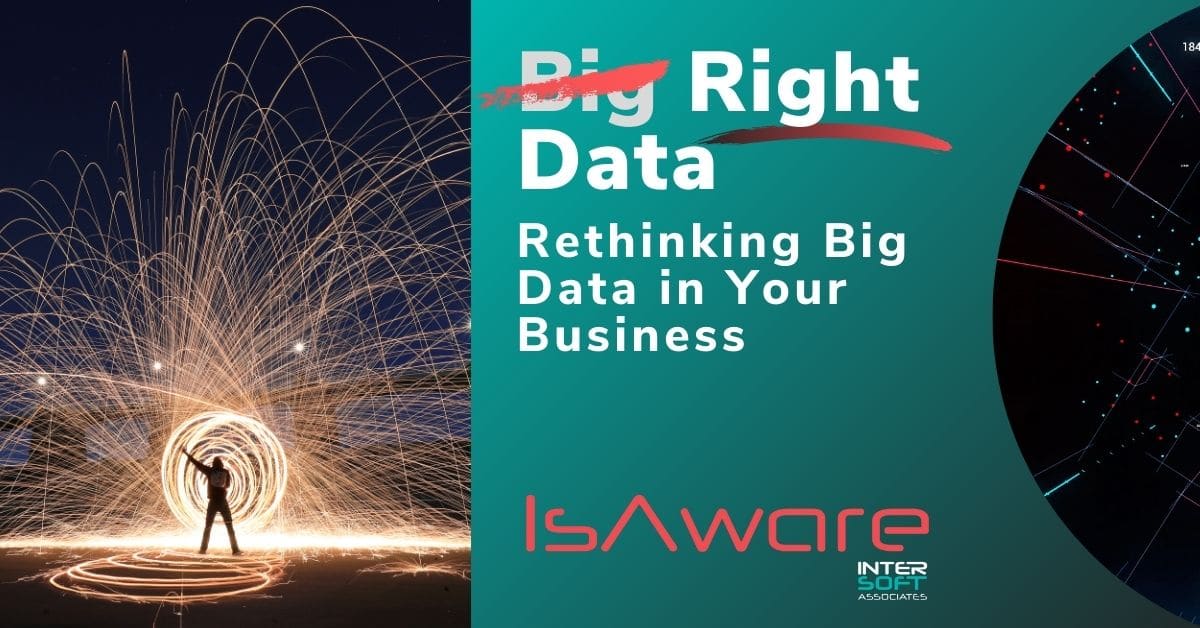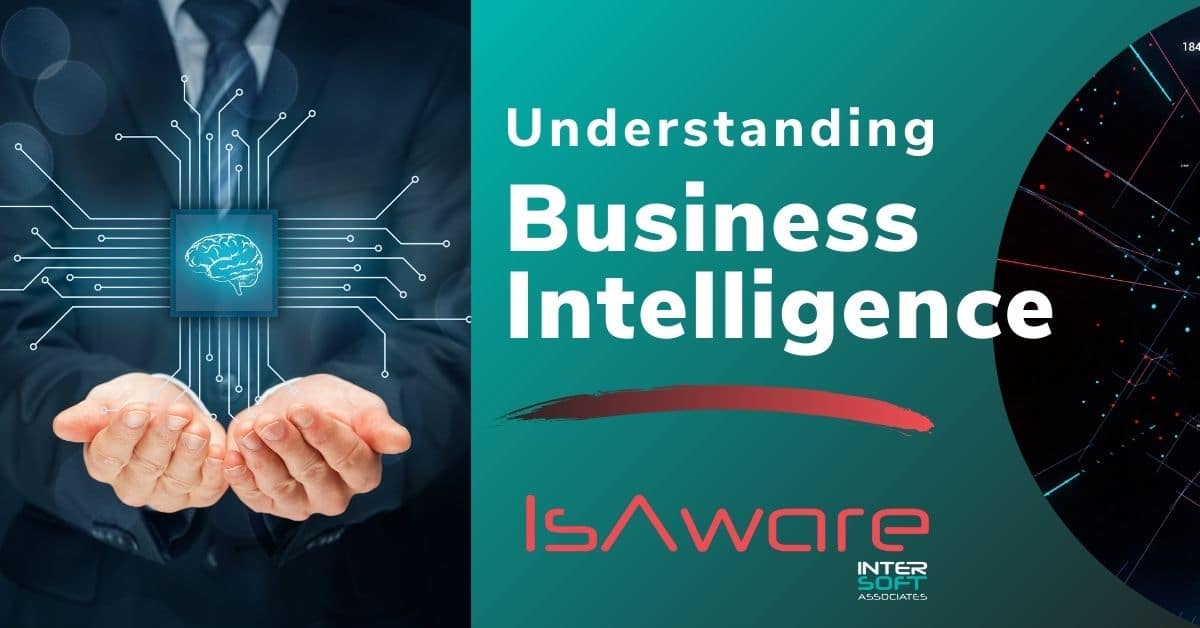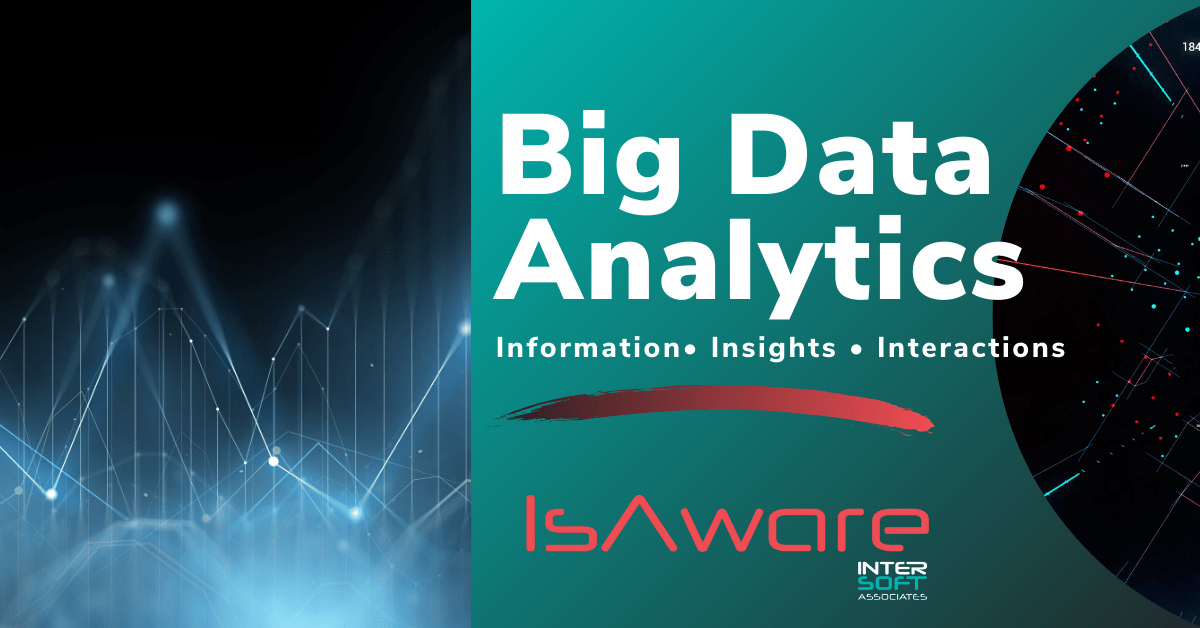Big Data
& Data Analytics

Do More With Your Data
Big Data and Data Analytics initiatives can help you increase revenues, improve operational efficiency, optimize marketing campaigns and customer service efforts, respond more quickly to emerging market trends and gain a competitive edge over rivals — all with the ultimate goal of boosting business performance.
Data Analytics and leveraging Big Data can be used to improve predictions and identify new opportunities. This lets you work smarter, faster, and with a better understanding of your own potential.
Big Data is Driving Business
Big Data means real-time, relevant data on trends to manage a business better. In customer service and customer management situations, having volumes of data about customers identifies patterns that enhance the customer experience in every way – helping to retain customers for a longer period.
Don’t let the term ‘Big Data’ fool you. All businesses will benefit from analyzing Big Data, and you don’t need to make a big investment in data scientists or expensive data technologies to embrace Big Data and receive its benefits within your company. Don’t let your competition eat away at your customer base. Discover how Big Data analysis works for you.
Valuing Big Data
Proper use of Big Data will affect your bottom line (expenses) and your top line (revenue). Big Data analysis impacts the bottom line by optimizing workflow and work effort, improving operations, and increasing customer service. Toplines improve by pulling the most relevant data out of your “data lake” to create personalized and effective marketing campaigns for your business. Increasing customer retention greatly decreases your average cost per order.
Companies need to determine the worth of their data and other data on clients and prospective customers. Big Data provides the ability to give you better insights and make critical decisions in the best way possible.
The 7 V’s of Big Data
- Volume: Think of big data like a farm crop, “a little is good, a lot is better.” The data volume is the amount of data captured and what categories of data are analyzed.
- Velocity: Volume velocity means controlling the speed and patterns of real-time Big Data coming in to improve operations, revenue, and profitability.
- Variety: How deep is your “data lake?” How diverse are its inhabitants? Capturing big data from multiple sources uncovers the most opportunities, but this information must be tracked and collated often because it frequently changes.
- Variability: This issue causes the most problems with big data analytics. Are there inconsistencies in the big data technologies you are using? Are multiple data dimensions happening when you combine disparate sources of information? Is big data being loaded inconsistently into your data management system?
- Veracity: When inconsistencies arise in big data analytics, veracity means pinpointing the biases, the abnormalities, basically the “noise” that is preventing the meaningful information from getting analyzed. Veracity and variability are often challenges in painting an accurate picture of Big Data volume and velocity.
- Visualization is the icing on the big data cake, and big data analytics must be presented succinctly, in an easy-to-read fashion. You need to be confident when using big data science to make real-time decisions for your business.
- That’s only six V’s. Where is number seven? It happens to be the essential item where InterSoft Associates is concerned: Value
We can help you to identify what Big Data analytics are proper and important for your particular business. And we will provide you with a roadmap for increasing the data you can use and impacting both your top and bottom lines.
“Right” Data: Rethinking Big Data in Your Business
Data is one of your most critical business assets. The increasing importance of Big Data in business operations makes it a crucial factor responsible for business expansion and success. The definition of Big Data is a collection of data that is large and complex, yet still grows exponentially with time.
Big Data can come in three varieties that can all be mined for meaningful and impactful information; structured, unstructured and semi-structured data. All forms of Big Data can be used in advanced analytics applications. Big Data can be characterized by its three V’s:
- The wide variety of data types usually stored in the organization’s Big Data system
- The high velocity at which the data is produced, gathered and processed
- The large volume of data present in various environments
How to Use Big Data?
The massive volume of Big Data is stored in a data lake. The data stored in the data lake can be left in its raw form and then organized for particular analytical uses. It can also be pre-processed using data preparation software and data mining tools so that it is ready and properly prepared for use in various applications.
The complexity and diversity of Big Data makes it useful in almost every industry to help organizations identify and categorize trends and patterns, tackle complex issues, gain insight into consumer preferences and answer questions.
Here are just a few examples of how different industries use Big Data:
- Finance Industry: The financial and insurance companies use Big Data systems and predictive analytics for real-time analysis of market data and risk management. They also use it for credit rankings, risk assessment, brokerage services and fraud detection.
- Agriculture: From predicting crop yields to engineering seeds, Big Data has transformed the entire agriculture sector. Leading scientists and researchers utilize Big Data to derive solutions for tackling malnutrition and hunger problems.
- Healthcare Industry: Big Data solutions are being used by researchers, hospitals and pharmaceutical companies to greatly improve their healthcare services. Big Data is used by pharmaceutical companies to engineer new vaccines and therapeutics much more quickly and efficiently.
- Energy Industry: Oil and gas companies in the energy sector use Big Data to monitor pipeline operations and identify potential drilling locations.
- Transportation companies and manufacturers use Big Data to optimize their delivery routes and effectively manage their supply chains.
- Other uses include smart city initiatives, crime prevention and emergency response systems.
Why Should Small Businesses Use Big Data?
Not long ago only a small fraction of information and data could be used by businesses for their analytics and operational applications. Rest data, referred to as dark data, was often processed and stored but never used. With the advent of new tools and technologies, businesses were able to invoke effective Big Data management practices to utilize their data assets successfully.
With proper Big Data management, businesses can now expand the capability of their data analytics strategies and improve their value. The leveraging of Big Data also helps create better opportunities for data mining, predictive analysis, machine learning, text mining and other advanced analytics disciplines. Using Big Data businesses can better understand customer behavior, detect fraudulent activities, identify operational problems, manage the supply chain and formulate appropriate solutions for recurring problems. When utilized well, Big Data can also help businesses design more effective advertising and marketing campaigns, reduce costs, increase revenue, improve business processes and create better strategic plans.
Benefits of Big Data
Big Data can do wonders for your business and create several new growth opportunities. Here are some practical ways Big Data can benefit your business and help achieve your organizational goals and objectives.
Better decision making
With the employment and deployment of Big Data management techniques, businesses and organizations will get the right tools to make smarter and more informed decisions based on accurate and timely information. But, this is only possible if the decision-makers have access to the right data needed to make these sensible decisions. This means the captured data should not be the responsibility of only business analysts and IT departments. Leaders across the company should inspect and investigate mined data before finalizing any decisions. By providing data across the company in a controlled way, businesses can prevent non-technical users from getting overwhelmed with the information and find answers to their queries conveniently. By including all of the appropriate members of the organization, they can also help to identify additional data points that are not currently captured and can allow leaders to continue to develop proper strategy.
Improved customer insight
Customers today increasingly prefer brands and businesses that understand their priorities and choices. Traditional customer feedback systems are being replaced by more advanced systems designed using Big Data technologies to help companies understand their customer’s behavior and provide more personalized and valuable services. The proper use of Big Data technologies help businesses identify the risks of a product or service at early stages and improve operational efficiency. With Big Data, companies can plan, read and evaluate customer responses more accurately and get meaningful insights into their buying behavior, trends and preferences. Additionally, the significant impact the use of data will have on operations and potential product improvement and cost savings help to positively impact EBITDA (earnings before interest, taxes, depreciation and amortization).
Delivering Better Products and Services
When businesses know more about their customers’ preferences and needs, they can design smarter products to suit their customers’ requirements. Big Data helps you realize how your customers perceive your product or service and helps you to adapt to match their expectations. With Big Data, you can test many options in a few seconds. With increased insight, you can easily iterate through additional scenarios to arrive at the best decisions possible. It helps you devise plans to provide better customer service and save time and money for your loyal consumers and stockholders. For instance, analyzing transactional data can help identify when a customer is paying twice for a financial service, like paying extra for travel insurance that is already covered in a bank account service. This way your business can make real-time recommendations to help the customers.
Improved Business Operations
The increasing automation and efficiency of various business functions and sectors is significantly due to the availability and use of Big Data technology. Whether in sales, manufacturing, marketing or human resources, Big Data has the potential to augment, improve and completely transform a wide range of business processes. Automation has made repetitive low-value tasks easier and frees skilled workers from time-consuming and tedious tasks, so they can put their efforts towards more higher value tasks like formulating strategic plans that add greater value to the business.
Recommendations for Effective Big Data Management
As a custom software development and consulting company, InterSoft has worked with companies at all stages of “Big Data maturity.” Some have no idea about how to gather and use the stored Big Data in order to research and find relevant and better solutions. Some simply do not have enough data to devise an action plan. We can help you understand and make more of the data you have and the data you don’t know you need to help have an actionable impact in your business.
Since Big Data involves a large amount of information, it is essential to manage it effectively so you can find the right data at the right time for your organization. Here are some tips to help you create a successful Big Data strategy:
- Clearly define your goals and objectives to make sure the Big Data strategy is aligned at all times.
- Categorize, prioritize and document any previous Big Data use cases that fulfill your business goals.
- Identify any available data sources and evaluate the current data usage practices followed in various organizational processes.
- Consider using cloud storage to potentially reduce costs and ease deployments.
- Manage Big Data sets using an iterative approach for different analytics applications.
- Collect and store data for possible future applications and uses.
- Design a project roadmap including a gap analysis of the business’s data architecture and current technologies.
We are here to help
Ultimately, the benefit of big data analytics depend on the efficiency and accuracy in processing and understanding it. InterSoft will help you identify which forms of Big Data analytics are suitable for your business and provide you with a roadmap to effectively using that data and the insights it provides. Whether making adjustments to processes, platforms or software your business already uses or designing a custom solution, InterSoft Associates is happy to help you explore the potential.
Understanding Business Intelligence: Inertia, Insight and Impact
Building a successful company today requires the ability to leverage data, technology, and Business Intelligence.
Business Intelligence, or BI, is a cumulative term for the process and infrastructure of collecting, storing, and analyzing data for the purpose of better understanding its potential business impact on both the top and bottom lines. This data is relevant to empowering better and more impactful decision-making.
Often, BI is used as an overarching term to cover the data itself, as well as spreadsheets, reporting software, data mining software, analytics and more. The goal of Business Intelligence is to present multi-dimensional views that allow managers to analyze, iterate, and decide on the next steps at record speed. That is, to ensure that your data is actionable and beneficial for your organization.
Time is everything, but so is accuracy. Business Intelligence combines them both so that decision-makers can respond in real-time.
Let’s explore how BI is connected to key performance indicators (KPIs), data mining and business analytics. This guide will help you understand the three facets of Business Intelligence: Inertia, Insight, and Impact. Let’s get started!
How Does Business Intelligence Help You?
Business strategy can help can and should help make the difference between poor decisions and effective ones. With the right data in place, managers and decision-makers can avoid critical and costly missteps.
Business Intelligence, at the core, is data intelligence – and we have discussed before that data is just another word for information. It is a way of synthesizing and analyzing all relevant information, or data points, and displaying that information in a meaningful way. To achieve this, Business Intelligence relies upon data mining.
Data mining is the process of collecting data and properly analyzing it—digging into the pieces and what they mean. You can have all the data points in the world, but if you do not know what they mean or how they apply to your business, that data is either useless or you need a professional to help you understand how to leverage and exploit that data.
Today we have many different data collection and storage options for managing business data. The cloud is limitless, and tech giants are constantly providing new data-based solutions. Most organizations do not have the ability to weed through millions of data points in the heat of the moment.
That is the whole point of Business Intelligence. The goal is to be able to iterate on strategic data points and make informed decisions, quickly. If you jump out of an airplane, accurate relevant data points serve as your parachute. BI, done properly, gives you that capability.
Business Intelligence asks the following questions, based on the data that you have available:
- What are you currently doing?
- What are you currently focusing on?
- What are you currently not focusing on?
- What does the future hold?
- Where should you be focusing?
Business Intelligence: Inertia
There are two ways to think about Inertia in your business.
- In what direction are you moving?
- Or – In what ways are you not moving at all?
Phrases like ‘we have always done it this way’, and ‘if it was good enough for my predecessor, it’s good enough for me’, and ‘it worked before’ are indicators that your company or its employees are satisfied with the status quo. But in business, there are 2 maxims:
- If you plan on just remaining stagnant, you will go backwards
- Good enough is no longer good enough.
Your competitors, however, are not satisfied with the status quo. They are innovating, iterating, and changing approaches with tweaks that result in accelerated growth and success. Additionally your customers are adjusting to rapid change with higher expectations. What worked three years ago won’t work next week.
If your Business Intelligence processes are not evolving and being updated, everything will pass you by. Your business will remain in the cold, while everyone else sits at the buffet table: new technology, new data mining techniques, new information, new Business Intelligence processes.
Here are some of the categories some companies look at to gauge how well they are doing:
- Revenue
- Marketing
- EBITDA (earnings before interest, taxes, depreciation and amortization)
- Customer engagement
Your growth trajectory is dependent on what you know and what you do. Think of it as running a marathon. You need to know where the starting line is, where the finish line is, and which direction to go. You will do even better if you know where the water stations will be located and where the big hills are on the course so you can plan ahead.
If you do not have the information necessary to pace yourself, you could start slowing down midway through the race. Or, you could run in the wrong direction! Racing a marathon does not matter unless you run on the right course, in the right direction, against the right opponents.
Business Intelligence: Insight
Are you hitting big Key Performance Indicators? How do you actually know?
The answer probably lies in your business strategy. You have set goals for the year and probably have a five-year plan as well—and one of the benefits of Business Intelligence is that it provides the data to tell you the truth.
When leveraging BI tools and software, it’s important to know what you are doing. There are many BI tools available. These include Tableau, Power-BI, Microsoft SSRS and Microstrategy. In order to be effective, you need a solution that works for you—which often requires consulting and custom development.
A successful data management strategy tells you where to look, when to look, and what to do with the data you see. Without a cohesive strategy it is easy to feel overwhelmed with the multitudes of data that you may have.
Each time a customer interacts with content, that is a data point. Here is an example of the data gathered from a simple newsletter sign-up:
- Device type
- Location
- Customer name
- Demographic information
- Email address
- Interests
That is a great deal of data from a single email input. However, without software crafted for storing business data and displaying it in an analytical and actionable format, all you are doing is asking questions.
When it comes to analytics for business, software reporting tools are often balancing competing priorities. These priorities are speed and depth. While many tools can pull quick reports, how accurate are they? What data sets are they prioritizing? With the right professionals on your side, you can prioritize data sets that are important to you accurately and understandably.
The right data sets can indicate the health or efficacy of a process, business department or workflow. This information can help you make informed last-minute pivots when they are necessary.
Business Intelligence: Impact
Business Intelligence as a concept has been around for a long time. On the surface, it is simple—leverage a database and make choices. However, the entire world of BI has exploded in recent years.
Why? Because of improved technology and the continual reduction of mass storage options and costs. Today companies are data-mining like crazy. This frenzied increase in data collection comes from every possible touchpoint, introducing logistical and ethical questions about the potential impact of such data.
Smartphones, wearable technology, and the increased ability to store data in secure cloud databases have also increased the importance and availability of Business Intelligence.
All of this illustrates how Business Intelligence is not optional when it comes to meeting and improving your KPI’s. There is a common phrase in technology development—garbage in, garbage out. Think of it this way in applying GIGO to your business: If your materials are garbage, your output is garbage. You can’t make treasure out of trash, no matter how talented your team is. In order for data to deliver a positive impact for your business, you need to capture the right data for your business needs.
Why BI Matters
High-quality data matters because it directly impacts your company’s output. In this case, output equals customer service and interactions, products, brand strategy decisions and much more.
Even if this output is not concrete, it is controlled by the data you receive and the decisions made from it. The impact of BI is that it provides a strong foundation for your organization’s futurefuture.
Sometimes Business Intelligence is called analytics. There are two types of analytics: descriptive analytics and predictive analytics.
Descriptive analytics describes what has happened and what changes need to be made. On the other hand, predictive analytics forecast changes based on past patterns.
For accurate forecasting and business strategy, descriptive analytics need to be on-point. That is exactly the point of BI tools and software.
Leveraging BI with Custom Software Development
When properly leveraged, BI can transform your growth trajectory. It provides the tools for brands to hit key performance indicators, revolutionize customer service, and capitalize on opportunities.
If you’ve been capturing data but haven’t been taking action on it, if the actions you have been taking with data have not been impactful for your business, or if you are not sure how to get started with meaningful Business Intelligence, we can help! A simple conversation can create a whole new way of thinking for your business strategy.
Big Data Analytics: Information, Interactions, Insights
Analytics from the data, or information, your company uses, stores and interacts with helps tell a story. History has deeper meaning and future planning can be more specific – and accurate – when leveraging the interactions and insights Big Data provides. Read on to explore how your business can leverage Big Data Analytics to help drive better decision making, visualize and understand key performance indicators and understand why it’s critical to have a broad perspective on data to do more with what you have.
What is Big Data Analytics?
We’ve explored before how Big Data is essentially both historical and real-time, relevant information on trends to manage a business better. Big Data Analytics is using that information, even from different or disparate sources, to better understand, visualize and contextualize those trends. With Big Data Analytics you can make better informed decisions more quickly, realize historical trends more accurately and make forecasts with better predictability.
Big Data and Big Data Analytics help to more confidently understand and answer:
- What is different today than six months ago? Why?
- What patterns are emerging in business with critical dimensions like customer acquisition, sales, deliveries and more?
- What outside factors could be impacting those patterns?
- What other data, or information, is helping to shape trends and patterns?
Leveraging The Data You Have
Every company has data. How valuable an asset is that data is a function of how it is used. A spreadsheet full of customer email addresses is data. When it is used to communicate with customers and nurture them into buying behaviors, that data is more useful.
Smart companies today are intentional about how and what data they are collecting, and why. In addition to an email address, what if you also knew a customer’s favorite color was red, that they enjoy camping, and that they’re geographically located near mountains? This simple illustration demonstrates the value of Big Data Analytics – when data is pulled together, it tells a story. In this case, the story is of a customer who probably won’t respond well to a sales offer to buy a blue surfboard, but might be interested in some new red hiking boots.
Taken to a larger scope, Big Data Analytics helps you identify trends and to manage them. If you want your company to grow by a certain percentage, for instance, Analytics helps you understand how realistic that growth can be, and why. A Profit and Loss statement can show if you’re having a string of profitable quarters. Analytics can help you correlate and contrast those quarters with everything from weather events to website usage to supply chain events that might all be shaping the why behind the numbers. Looking ahead, Analytics can help forecast what might be changing, why, and how your growth goals may be affected – and most importantly, how you can help to shape it..
Analytics, You and Your Customers
Every day we interact with Big Data and experience the impacts of Big Data Analytics. When we’re shopping at Amazon, for instance, and receive recommendations for additional purchases – those recommendations come from the behaviors of millions of other customers with metadata that is in some way similar to yours, distilled into actionable data. The Analytics applied to that data help deliver those recommendations more confidently. Everything from the posts you see on social networks to the articles that are recommended in your favorite news apps or websites to the subject lines you see in commercial emails are all, in some way, often driven by data.
If none of these illustrations are familiar to how your business runs, you are probably minimizing the potential that your data has. This means you are likely not reaching the right customers or prospects with better messaging, relevancy or positioning your business to achieve more success or avoid potential pitfalls. While this is problematic enough, you can and should assume that your competition is doing more with data. Big Data is both a competitive advantage and a tremendously valuable business asset – but it is only as valuable if it is leveraged.
Doing More With Data
You do not need to be a data expert to start doing more with your data and its relationship with Big Data. You do not even need to fully understand what Big Data Analytics are and how they can impact your business. You just need to ask somebody who does.
The right Big Data Consultant can help you dig into your data, better understand its value, and better realize its potential. At InterSoft Associates we help companies realize possibilities they often did not even consider. If you are wondering “could my company be doing more with Big Data?” the answer is absolutely! The smarter question is how could your company be benefitting from Big Data and Big Data Analytics, and how quickly. The answers might surprise you.
Why You Need a Big Data Consultant
Big Data is a phrase that essentially means connected information – a great deal of it. In the hands of the right Big Data Consultant, that information becomes transformational for you . Better business decisions get made, sharper insights are discovered, and ultimately the information – the data – can become a competitive differentiator. Let’s explore the critical value of a Big Data Consultant and how the right one can be part of your business strategies.
What is a Big Data Consultant?
A Big Data Consultant understands data technologies and how to use them to better achieve your business goals. This process requires a holistic perspective on your business and what it does. What is your business presently doing with data? What more could it be doing? The right Consultant can help you understand how, with the right technologies or combination of data, new strategies and practices can be developed to positively impact your business.
Characteristics of a Strong Big Data Consultant
A Big Data Consultant has to see your business and your problems with an attitude of problem solving, potential and possibility. They should understand:
- The science of information trends, and how to properly see and exploit trends in your data
- The potential of data your business has accumulated and what additional data is necessary to achieve the optimal results
- How outside systems, software or applications could have a positive impact when integrated with your data
- The ability to forecast and seize opportunities
Seizing Opportunities: The Value of Experience
A Consultant brand new to Big Data is likely to be fascinated with technologies – shiny gadgets and fancy tools available to the capable technologist. Certainly competency with digital tools and technologies is critical, but an experienced Big Data expert knows where and when to use which tools – and what data they need to help you achieve your business goals. This helps increase efficiency, decrease costs, develop more accurate models, and uncover opportunities
At InterSoft Associates, nearly every Big Data Consulting project we engage in draws from our rich wealth and depth of experience with clients of all sizes in many disparate industries. We can recommend strategies because we have seen other similar strategies work well. We can advise against a course of action because we have seen and can foresee the problems that might await you down a certain path.
Yours does not have to be a huge enterprise-scale business to benefit from the advantages of Big Data. Any business, of any size, is likely already collecting data. The right Consultant can help you do more with that data, more efficiently, even for the small or mid-market business.
The Future of Big Data in Business
Business is in the midst of a fascinating technological explosion, with the Internet of ThingsInternet of Things (IoT), machine learning, augmented reality, virtual reality, wearables, health and wellness, smart homes and much more creating new data and new opportunities where you can appropriately leverage the vast amount of data available to you. What does all this data mean? Is it useful? Will it be to your business?
Again, here is where the value of the Big Data Consultant is demonstrated. The experienced and capable Consultant will be able to prognosticate in some ways. Is what you are considering now going to be valid, useful, or accessible in five years? As technologies advance, will the data strategies you are considering be future-ready?
As new technology trends emerge they will introduce new ways of thinking about and leveraging data. A Big Data Consultant naturally stays educated and informed about these and other aspects so you do not have to. This means the initiative you are engaging in today will be ready for tomorrow, too.
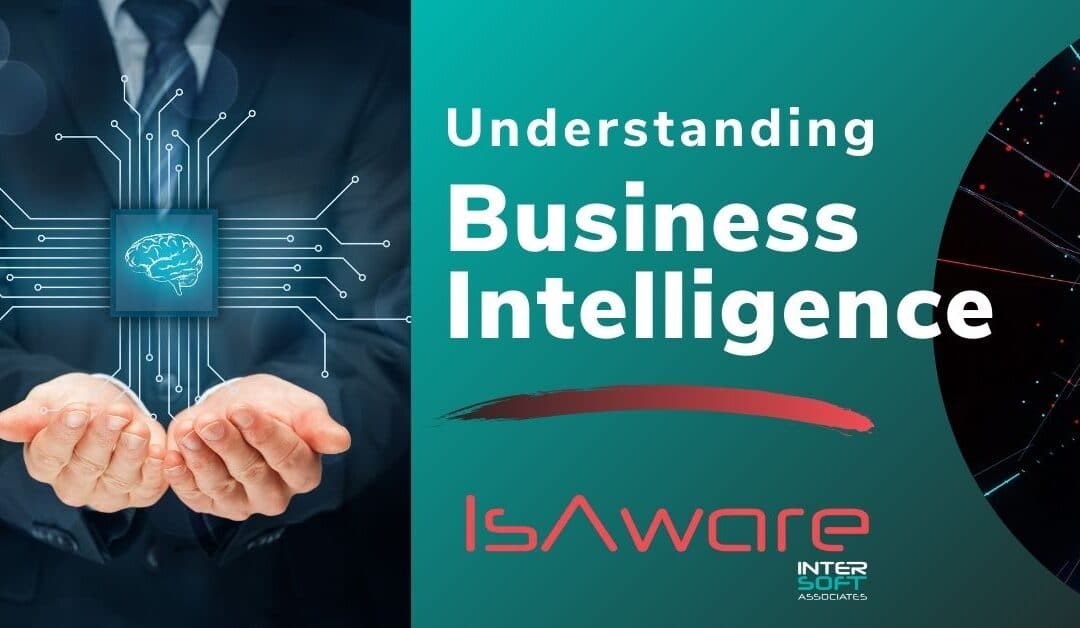
Understanding Business Intelligence: Inertia, Insight and Impact
Building a successful company today requires the ability to leverage data, technology, and Business Intelligence....
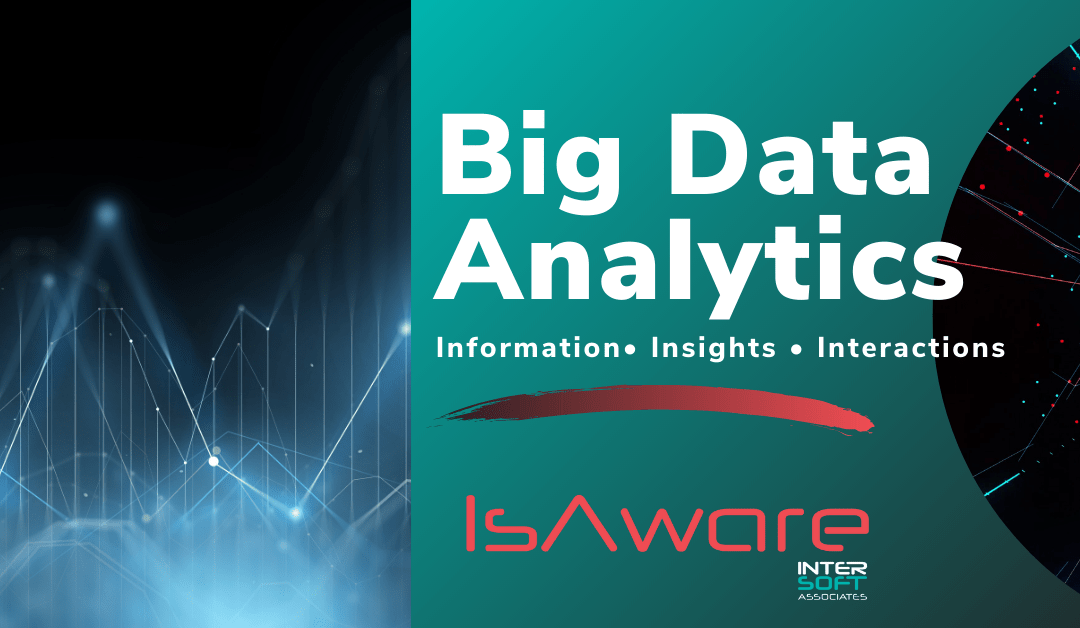
Big Data Analytics: Information, Interactions, Insights
Analytics from the data, or information, your company uses, stores and interacts with helps tell a story. History has...

Why You Need a Big Data Consultant
Big Data is a phrase that essentially means connected information - a great deal of it. In the hands of the right Big...




